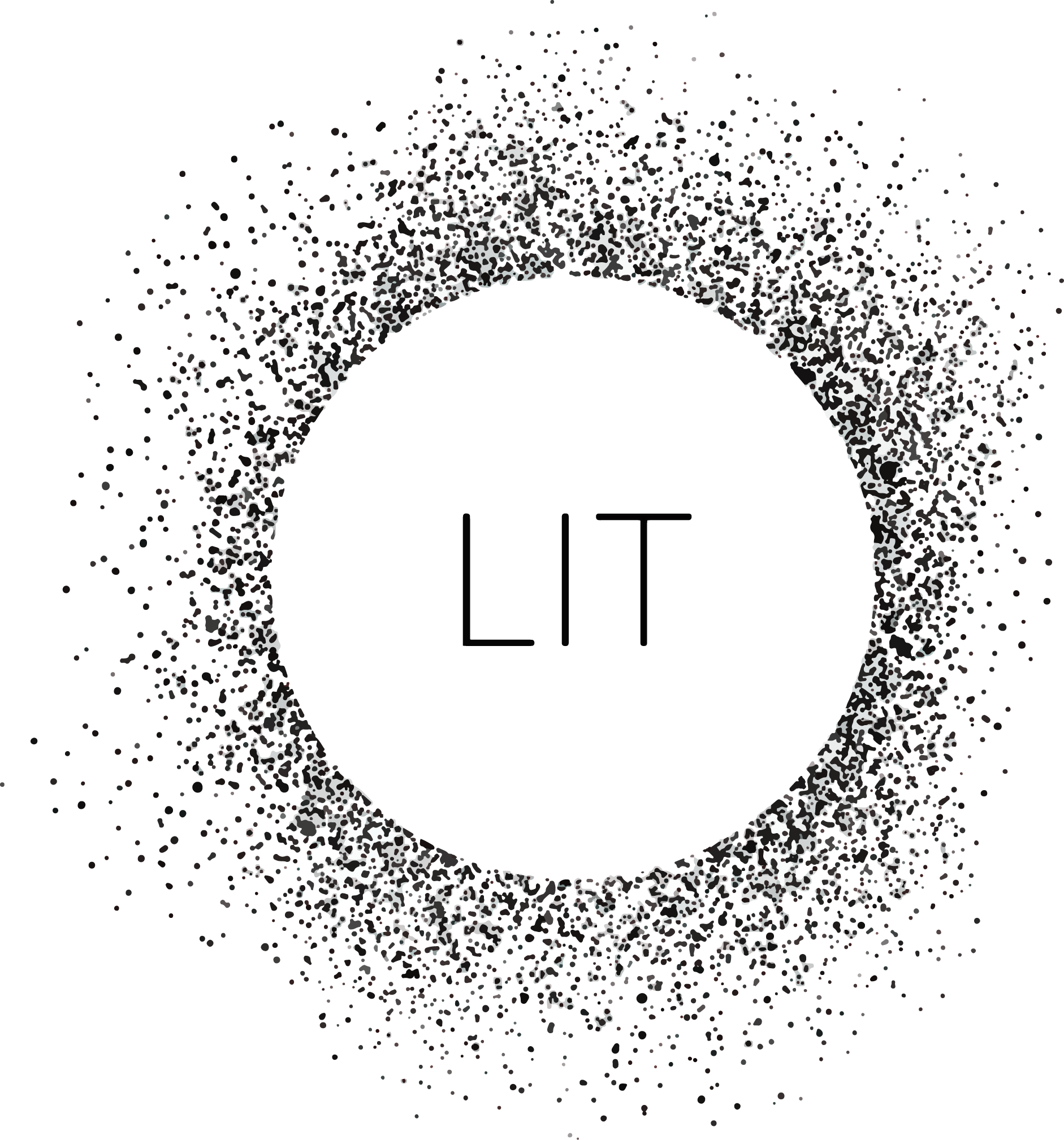Open Platform Event at Wellcome Reading Room
We held and event at Wellcome Reading Room where we explored societal and ethical impacts of light-induced technologies and discussed how policy for those should be developed with the members of the general public in a small group.
Our aim is to have a very focused guided discussion that would focus on particular aspects of ethical implications behind our work and explore them in depth. At the same time, we aimed to create an intimate environment where we could establish close relationship to the visitors and address all their questions about the science behind our work. In the end, we incorporated the resolutions of the debates into our policy development.

Our aim is to have a very focused guided discussion that would focus on particular aspects of ethical implications behind our work and explore them in depth. At the same time, we aimed to create an intimate environment where we could establish close relationship to the visitors and address all their questions about the science behind our work. In the end, we incorporated the resolutions of the debates into our policy development.
Given technical and time constraints, we shifted towards designing an installation to provide an intuitive understanding of the central dogma of molecular biology and provoke thought about our project and the future of synthetic biology. We focused on these outcomes as they seem to be skills that people can use when encountering a new story about recent developments in biology.

After having explained the design and functionality of the relevant parts of our project, we held 2 problem-based discussions in which we divided the visitors in 3 stakeholder groups, so that their thinking about the subject was more focused. Then we provided them with a provocative statement to spark their imagination and inspire them to think beyond the usual frames.
They brainstormed about ethical and social impacts in relation to the statement individually and within their stakeholder group. Afterwards, we tried to bring their thoughts together and discuss their ideas in an organised and scientifically correct environment, which was moderated by 2 members of our team.
Provocative statement 1: Using genetically modified organisms for our own purposes as we desire. Ethical? Sustainable? Technology of the future or a step too far?
Provocative statement 2: Producing organs made of genetically modified cells? Will we at some point be able to 3D print the whole human body? What is too much?
We based both discussions on the statements provided. Here we summarise what the discussions developed into and the issues the visitors raised in terms of policy for our applications of light-induced technologies.
1. Using genetically modified organisms for our own purposes as we desire. Ethical? Sustainable? Technology of the future or a step too far?
GMO contamination issues - how comfortable is one with GMOs at every step, which may also be able to mutate without any prediction? Would that be safe? What happens in the case of a release?
Engineering issues - how durable is the bulb and does it produce enough luminescence? What’s its functionality in terms of controlling the light intensity? Does it contribute to light pollution?
Designers - capsules would need to be robust so that GMOs cannot escape and what materials would they be made out of?
Public (users) - What will the biobulb capsule be made of? Plastic? We’ve got enough plastic on this planet enough already
2. Producing organs made of genetically modified cells? Will we at some point be able to 3D print the whole human body? What is too much?
Should people with genetic diseases be obliged to undergo gene therapy to be allowed to reproduce?
Superhumans – how do we separate ‘’fixing a health problem’’ from unnecessary improving of our bodies?
Doctors - how do we not get an immune response when inserting 3d printed organs in a patient’s body?
From our conversation, policy that would need to be developed includes inserting a kill switch; thinking about who will the organs be made available for and who is eligible to receive them? Only the young injured in accidents?; and considering the socio-economic divide it creates: who will pay for these organs? Will the rich be able to extend their lifespan, while the poor will die at earlier ages? People who can financially afford such improvements will be stronger from a biological (evolutionary?) perspective?


